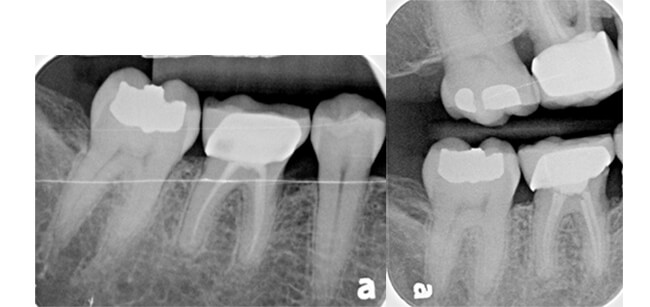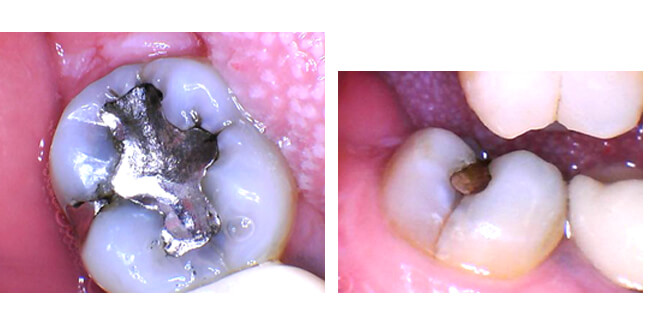
Intraoral cameras are powerful tools for dental offices. They provide us the ability to show patients what they typically can’t see. Patients therefore better understand the need for treatment and case acceptance rate increases. By taking this same mindset and applying it to dental insurance, we can achieve a higher claim acceptance rate with dental insurance companies as well.
In order for a dental insurance company to remit payment on any services provided, they ask for information pertaining to the diagnosis and treatment provided. Since insurance reviewers don’t generally have the ability to evaluate patient and exam data like dental professionals can, we send charting and radiographs to help them see what we see in order to approve our claims. Allowing them to really see what we see through the use of intraoral pictures provides a similar benefit as with patients.
By taking intraoral photos before, during and after treatment, we can submit all the intraoral images with a patient’s claim along with the traditional information sent. By doing so, insurance companies will have a more clear view of the patient, the diagnosis and the treatment plan.
Here’s a great example:
A patient presents for a routine evaluation and bitewing radiographs. Upon clinical evaluation #31 is found to have recurrent decay around an existing amalgam restoration with significant fracture lines present, indicating this tooth is at a high risk for fracturing. The dentist has determined #31 will need a crown and build up to treat this tooth appropriately. The following radiographs were taken at this appointment:

As you can see on the x-rays, there is a large existing restoration on #31, but no real signs of decay or fractures visible. Now, take a look at the intraoral photos taken with the MouthWatch intraoral camera during the patients evaluation.

These intraoral photos show a much clearer view of the condition of the tooth. The clinical exam allowed the dentist to visibly see the recurrent decay and buccal fracture line present, that were not visible on the x-rays.
In this case, if only the radiographs were submitted to the insurance company, there is a high probability this claim would have been denied. By submitting these intraoral images, along with the radiographs and a narrative to the insurance company, they will have a much better understanding of how the doctor came to their diagnosis and treatment plan, which will lead to this claim being accepted and paid.
It is easy as a dental professional to become frustrated with dental insurance companies for denying claims, but by implementing the regular use of intraoral cameras in daily practice, we can make our diagnosis and treatment plans undeniably clear to insurance companies, which will lead to a big increase in the acceptance rate of insurance claims.
Explore Next
Endodontist, Dr. Bruce Seidberg sent us a clinical appraisal of the MouthWatch intraoral camera. See the details on how it benefits his practice here.
Intraoral cameras are great for boosting insurance claim acceptance, but that’s not all. Read our list of five reasons you need an intraoral camera.
About Jaime Cardwell, RDH
Jaime Cardwell, RDH, has 10 years’ experience working in many aspects of the dental field. She is currently a practicing dental hygienist and a dental practice efficiency enthusiast. She enjoys working clinically with patients, and has a passion for creating efficiencies within dental practices and helping dental professionals grow in their careers. She loves sharing her experience through writing and speaking. Contact her at jaimecardwell@gmail.com.

